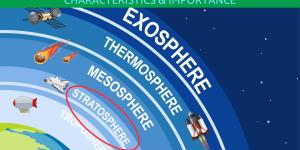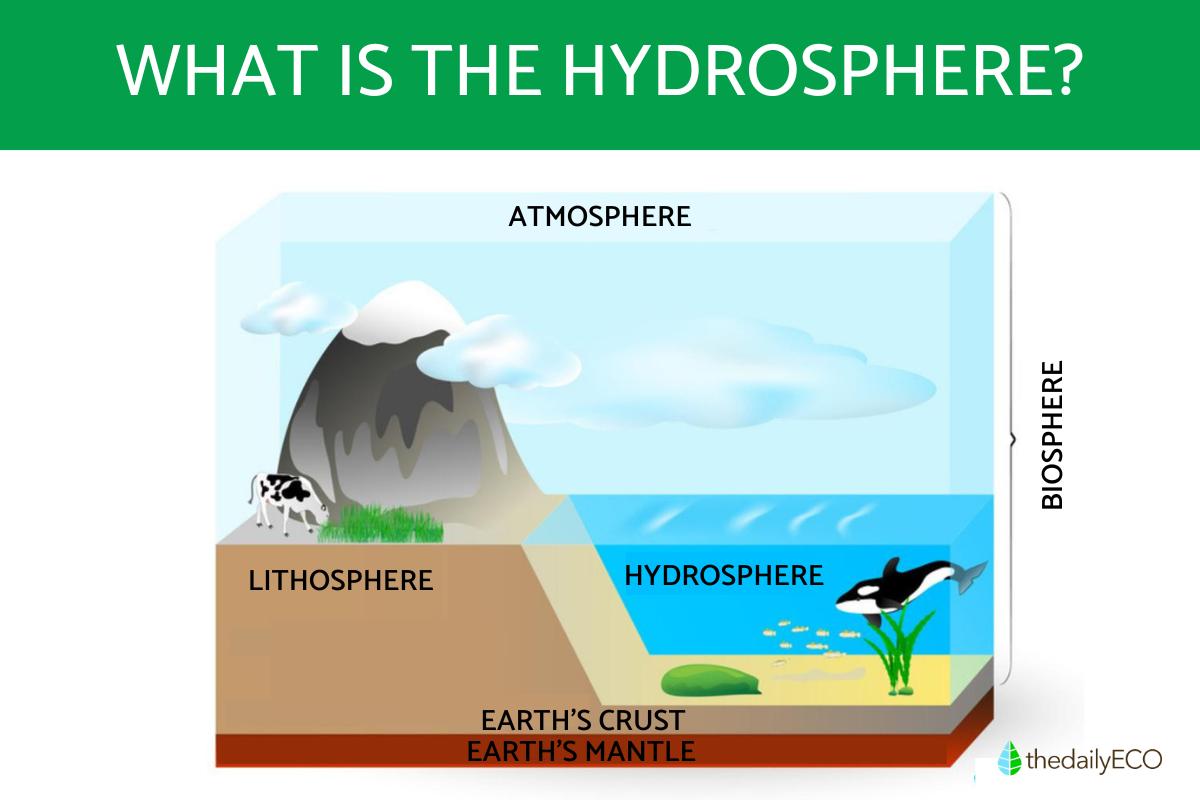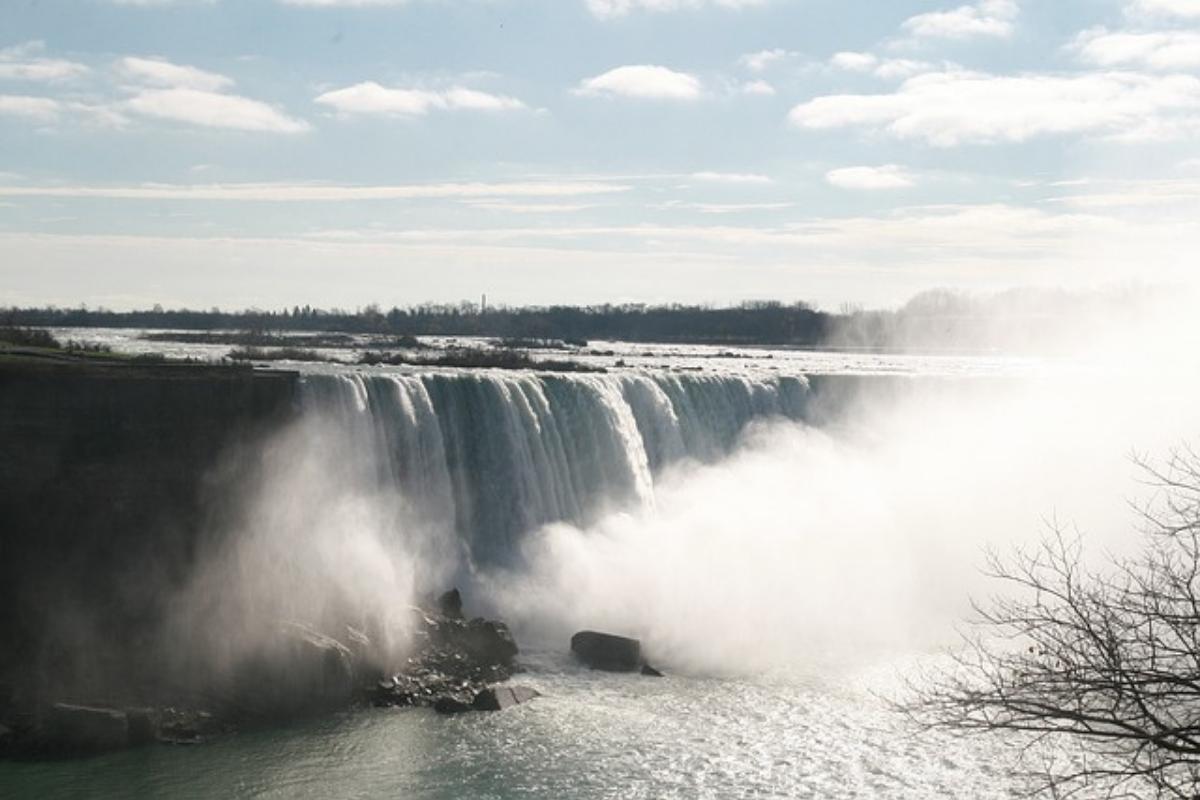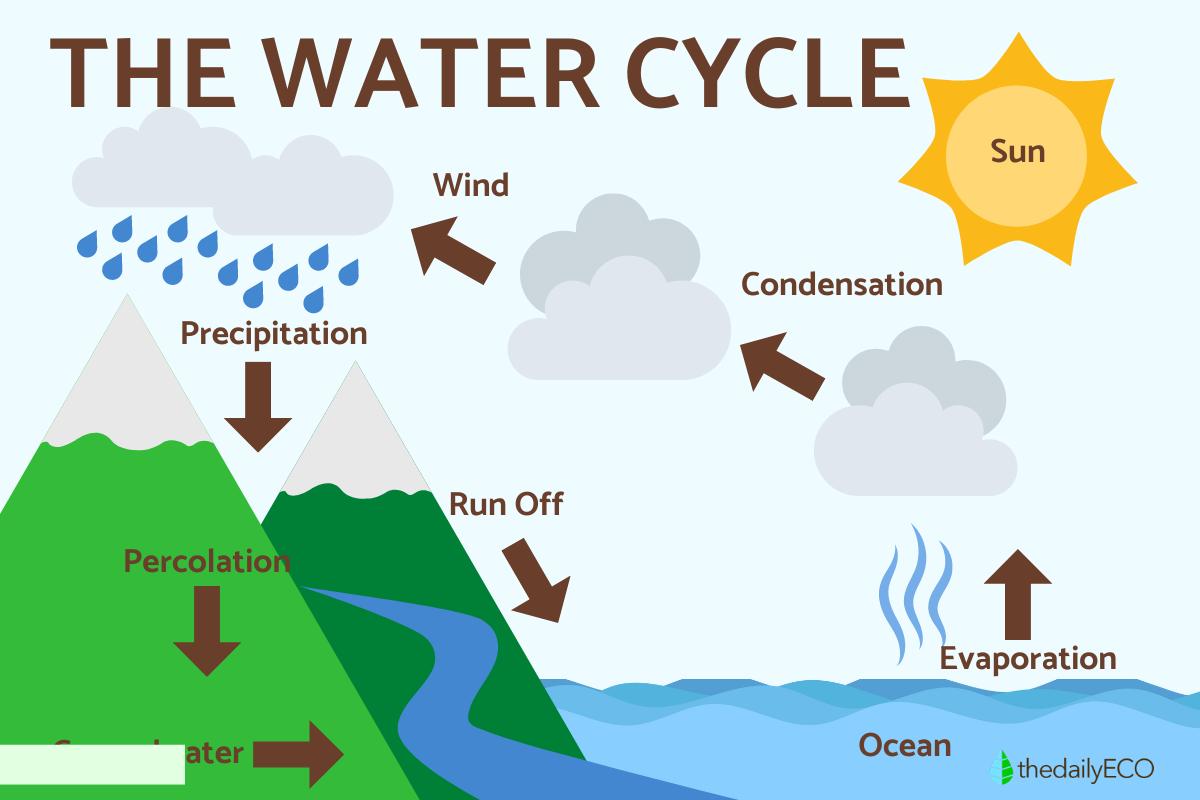What Is the Hydrosphere? - Definition and Facts


Water is an indispensable part of our lives, from our homes and workplaces to industries and agriculture. Its quality is crucial for both society and the environment. The collective body of water on Earth is known as the hydrosphere, which exists in three states: solid, liquid, and gas.
This article by thedailyECO will delve into what the hydrosphere is, exploring its characteristics, and its vital role in our planet's ecosystems.
What is the hydrosphere?
The term "hydrosphere" originates from the Greek words "hydro" (water) and "sphere" (sphere), literally meaning "sphere of water." It encompasses all the water on Earth, including oceans, seas, rivers, lakes, groundwater, ice caps, glaciers, and even water vapor in the atmosphere.
The hydrosphere is a dynamic system where water constantly cycles between liquid, solid, and gaseous states. This hydrological cycle plays a vital role in regulating Earth's climate, shaping its surface, and supporting life.
Characteristics of the hydrosphere
The hydrosphere is a complex system characterized by:
- Water continually cycles between its liquid, solid, and gaseous states, driven by processes like evaporation, condensation, and freezing.
- The hydrosphere interacts with the Earth's crust, shaping its surface through erosion, sedimentation, and other geological processes.
- The hydrosphere is essential for both terrestrial and marine ecosystems, supporting a vast array of life forms.
- Water is indispensable for all living organisms, making the hydrosphere a vital part of Earth's biosphere.
- While Earth has abundant water, only a small portion is freshwater, emphasizing the need for conservation.
Do not miss this other article where we explain what an aquatic ecosystem is, its characteristics, types, flora, and fauna.
Formation of the hydrosphere
During Earth's early stages, water existed primarily as vapor. As the planet cooled, this vapor condensed, forming vast bodies of liquid water and ice. The continuous movement of water through the hydrological cycle has shaped the hydrosphere ever since.
Climatic changes throughout Earth's history have significantly altered the distribution of ice, liquid water, and vapor. These changes, along with geological processes, have also affected the composition of water bodies, varying their salt content and other properties.
Living organisms have played a crucial role in shaping the hydrosphere. Organic matter and vegetation have influenced water's physical characteristics. Human activities, such as pollution, water diversion, and climate change, have further transformed the hydrosphere.
Composition of the hydrosphere
The hydrosphere encompasses water in all its forms:
Solid water (Cryosphere)
- Ice and snow in polar regions, mountains, and glaciers
- Ice floes floating on water bodies
Liquid water
- Freshwater: rivers, lakes, ponds, groundwater
- Saltwater: oceans, seas
Gaseous water
- Water vapor in the atmosphere
Another way to categorize the hydrosphere is by water's movement and location:
- Lotic waters: flowing water (rivers, streams)
- Lentic waters: still water (lakes, ponds)
- Groundwater: water beneath the Earth's surface
- Atmospheric waters: water vapor
- Cryogenic waters: solid water (ice, snow)
Explore the different bodies of water that shape our planet in this follow-up piece.

How water is distributed on Earth
The hydrosphere consists of approximately 1.4 billion cubic kilometers (km³) of water. This vast amount of water is distributed on Earth as follows:
- Seas and oceans: these bodies of saltwater contain about 97% of the Earth's total water.
- Freshwater: approximately 2.5% of Earth's water is freshwater, which is vital for drinking, agriculture, and sustaining ecosystems.
- Other Locations: the remaining 0.5% of water is distributed across various locations, including groundwater, ice caps, glaciers, rivers, lakes, and the atmosphere.
Interested in exploring how ocean waters influence our global ecosystem? Don't miss our in-depth exploration on the topic.
The water cycle
The water cycle involves several key phases:
Evapotranspiration:
Water evaporates from large bodies of water, such as oceans, lakes, and rivers, as well as from land surfaces. Furthermore, vegetation releases water into the atmosphere through transpiration, a process driven by the plant's metabolic cycles.
The combination of evaporation and transpiration is known as evapotranspiration, which plays a crucial role in returning water vapor to the atmosphere.
Precipitation:
As water vapor in the atmosphere cools, it condenses to form clouds, eventually falling back to the Earth's surface as precipitation. Precipitation can occur in solid forms, such as snow or ice, which may accumulate in reservoirs or melt into liquid water. It can also fall as rain, replenishing water sources on the surface and underground.
Runoff:
Precipitation leads to runoff, the movement of water across the Earth's surface. This runoff contributes to the flow of rivers, streams, and other bodies of water, and it also plays a significant role in shaping the landscape through erosive processes.
Did you know the hydrosphere plays a crucial role in both the biosphere and ecosystems? Uncover the connections in our next article.

Hydrosphere pollution
The hydrosphere can be contaminated by various pollutants, including:
- Chemical compounds: such as oils, solvents, and other industrial chemicals.
- Heavy metals: toxic metals like lead, mercury, and cadmium that can accumulate in water bodies.
- Plastics and microplastics: these pollutants persist in the environment and pose significant risks to marine life and ecosystems.
- Biologically active compounds: substances like pharmaceuticals and pesticides that can disrupt biological processes.
- Organic matter: excessive organic waste can lead to issues like eutrophication, harming aquatic ecosystems.
Each of these contaminants poses unique challenges and contributes to the overall degradation of the hydrosphere. Curious about the challenges facing the hydrosphere? Explore real-world examples of environmental degradation and its impact on our ecosystems in this other article.
If you want to read similar articles to What Is the Hydrosphere? - Definition and Facts, we recommend you visit our Facts about Earth and the universe category.







